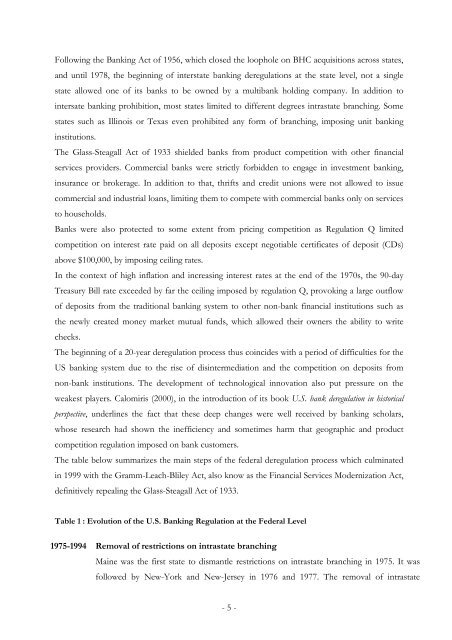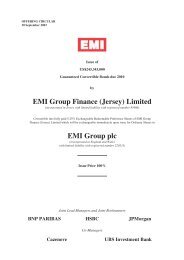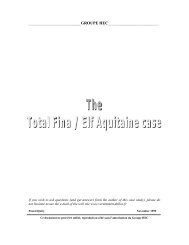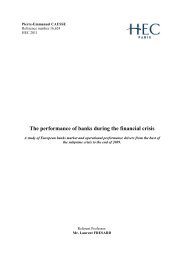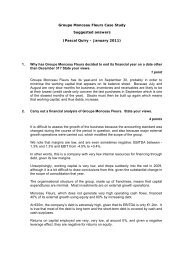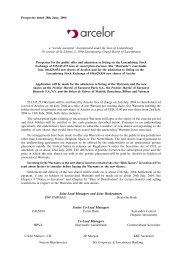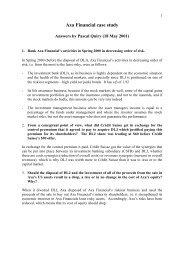Thesis_gd_final_vers.. - Vernimmen
Thesis_gd_final_vers.. - Vernimmen
Thesis_gd_final_vers.. - Vernimmen
Create successful ePaper yourself
Turn your PDF publications into a flip-book with our unique Google optimized e-Paper software.
Following the Banking Act of 1956, which closed the loophole on BHC acquisitions across states,<br />
and until 1978, the beginning of interstate banking deregulations at the state level, not a single<br />
state allowed one of its banks to be owned by a multibank holding company. In addition to<br />
intersate banking prohibition, most states limited to different degrees intrastate branching. Some<br />
states such as Illinois or Texas even prohibited any form of branching, imposing unit banking<br />
institutions.<br />
The Glass-Steagall Act of 1933 shielded banks from product competition with other financial<br />
services providers. Commercial banks were strictly forbidden to engage in investment banking,<br />
insurance or brokerage. In addition to that, thrifts and credit unions were not allowed to issue<br />
commercial and industrial loans, limiting them to compete with commercial banks only on services<br />
to households.<br />
Banks were also protected to some extent from pricing competition as Regulation Q limited<br />
competition on interest rate paid on all deposits except negotiable certificates of deposit (CDs)<br />
above $100,000, by imposing ceiling rates.<br />
In the context of high inflation and increasing interest rates at the end of the 1970s, the 90-day<br />
Treasury Bill rate exceeded by far the ceiling imposed by regulation Q, provoking a large outflow<br />
of deposits from the traditional banking system to other non-bank financial institutions such as<br />
the newly created money market mutual funds, which allowed their owners the ability to write<br />
checks.<br />
The beginning of a 20-year deregulation process thus coincides with a period of difficulties for the<br />
US banking system due to the rise of disintermediation and the competition on deposits from<br />
non-bank institutions. The development of technological innovation also put pressure on the<br />
weakest players. Calomiris (2000), in the introduction of its book U.S. bank deregulation in historical<br />
perspective, underlines the fact that these deep changes were well received by banking scholars,<br />
whose research had shown the inefficiency and sometimes harm that geographic and product<br />
competition regulation imposed on bank customers.<br />
The table below summarizes the main steps of the federal deregulation process which culminated<br />
in 1999 with the Gramm-Leach-Bliley Act, also know as the Financial Services Modernization Act,<br />
definitively repealing the Glass-Steagall Act of 1933.<br />
Table 1 : Evolution of the U.S. Banking Regulation at the Federal Level<br />
1975-1994 Removal of restrictions on intrastate branching<br />
Maine was the first state to dismantle restrictions on intrastate branching in 1975. It was<br />
followed by New-York and New-Jersey in 1976 and 1977. The removal of intrastate<br />
- 5 -


